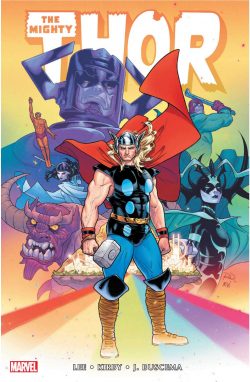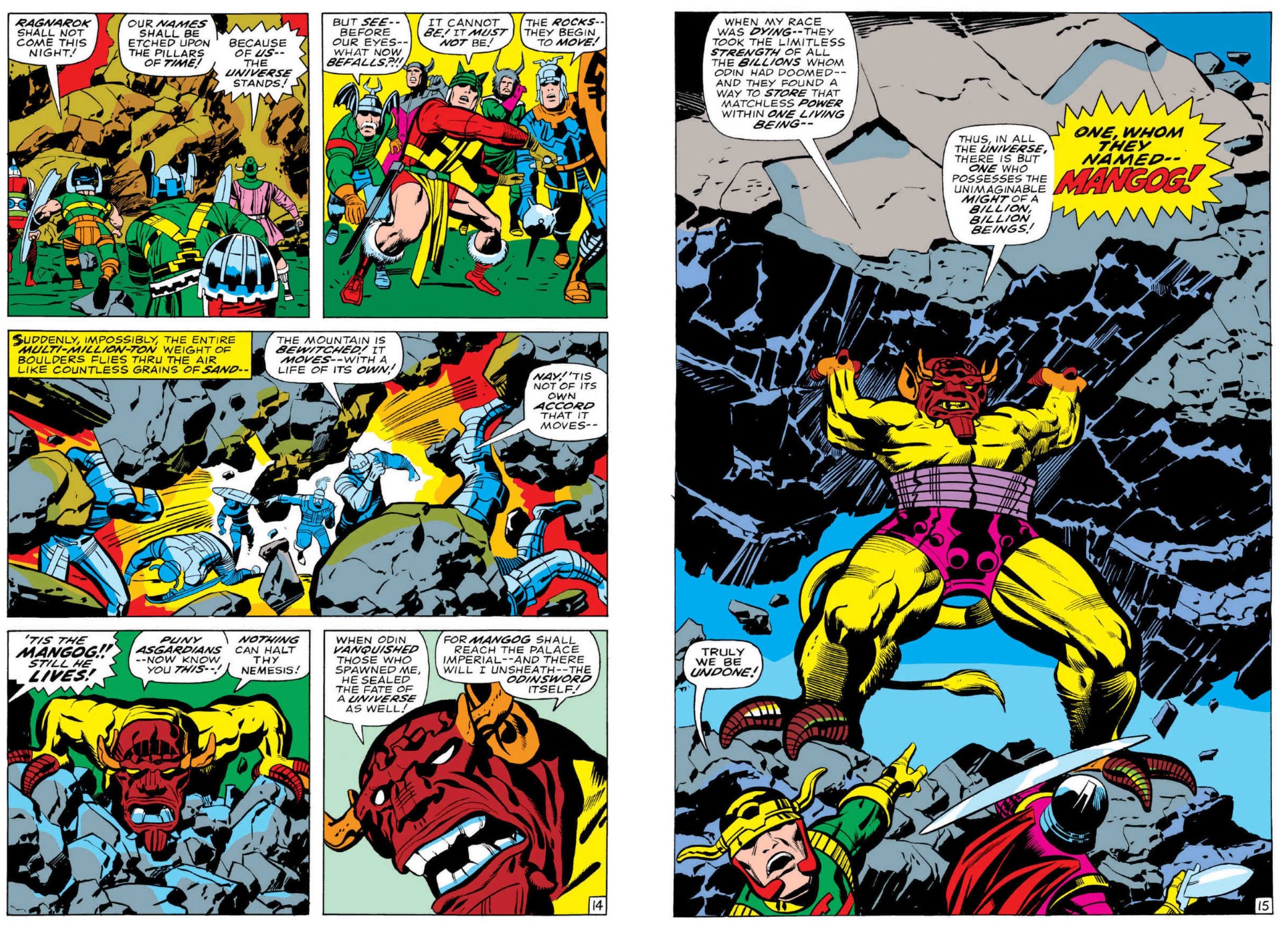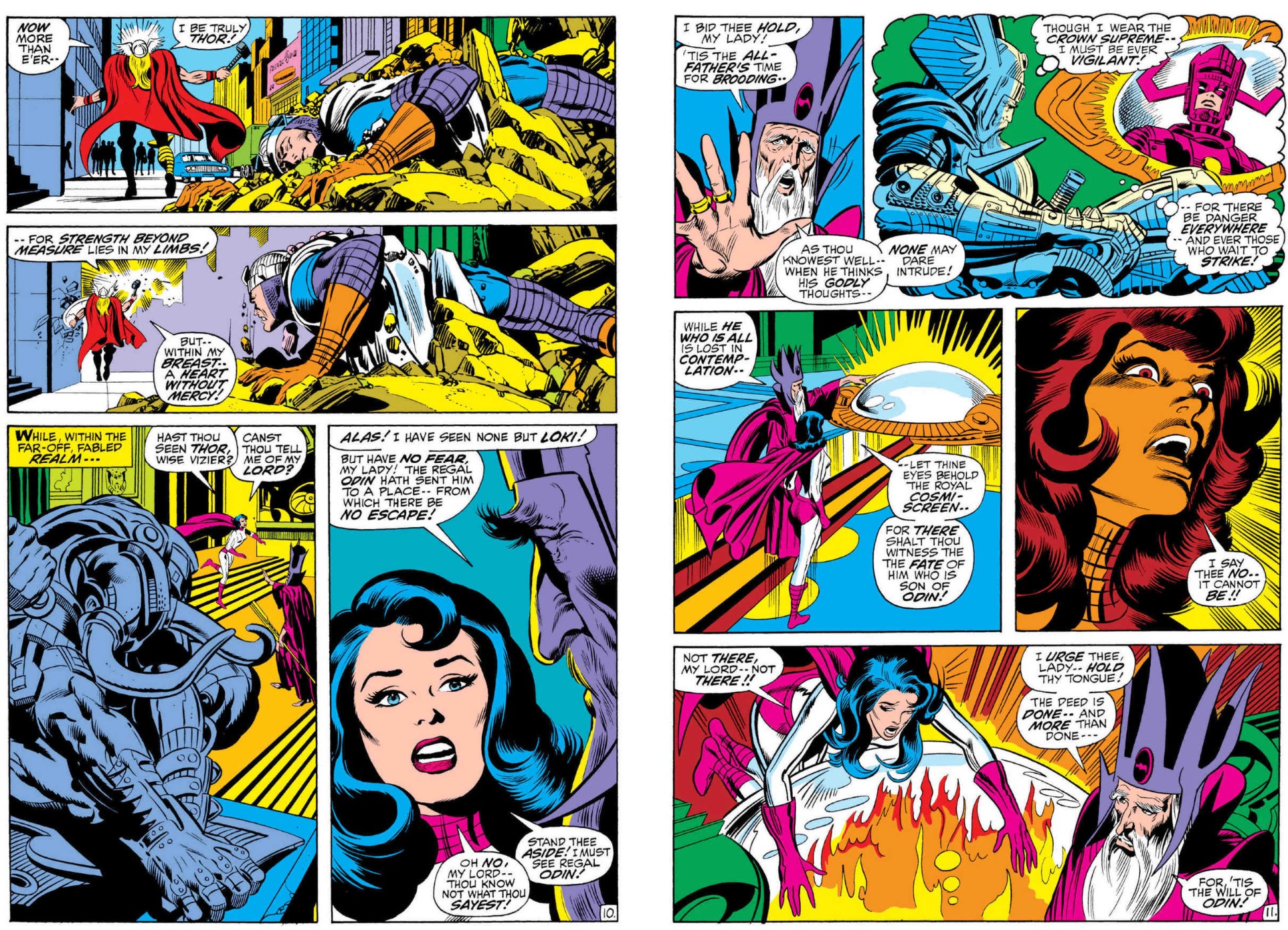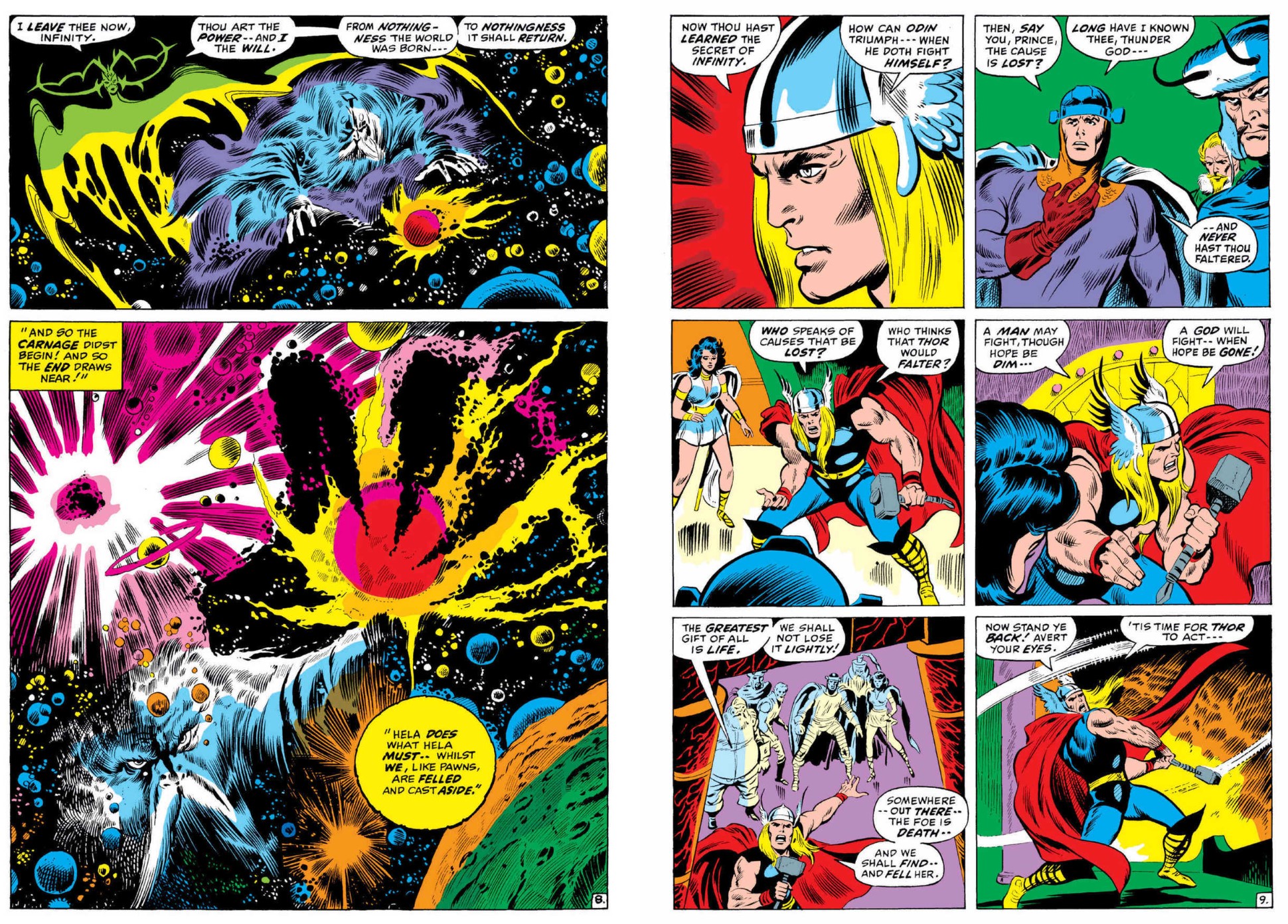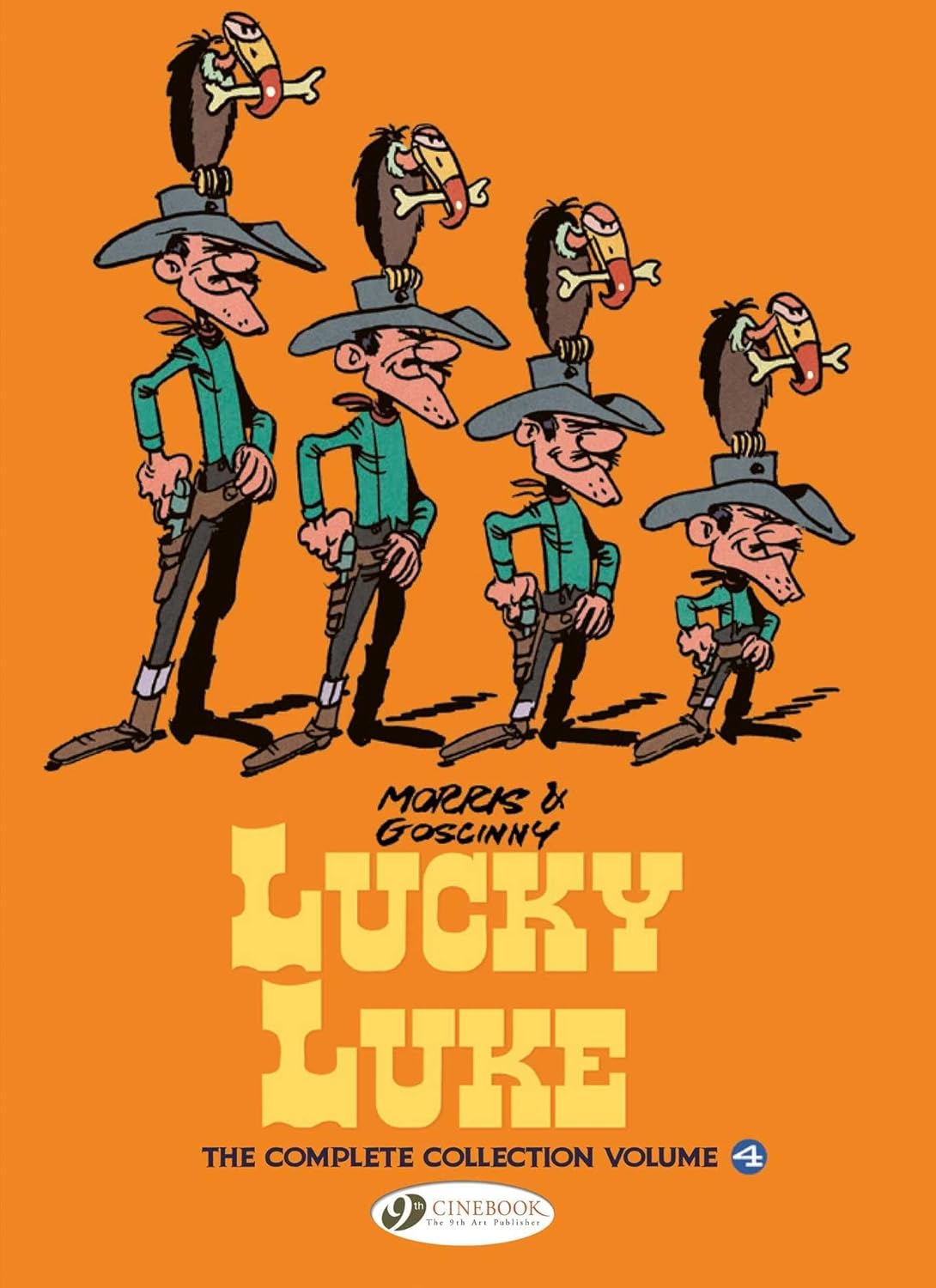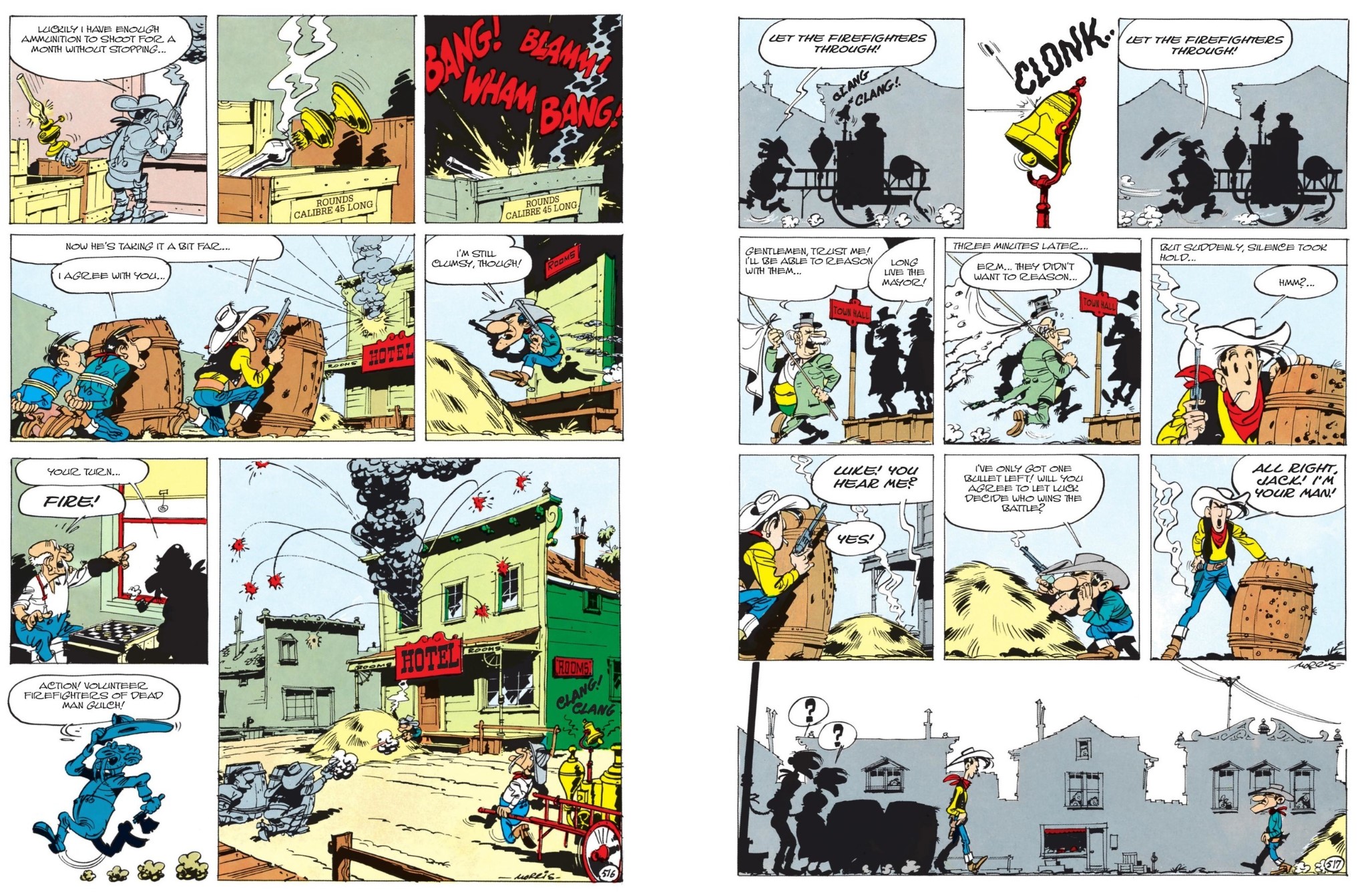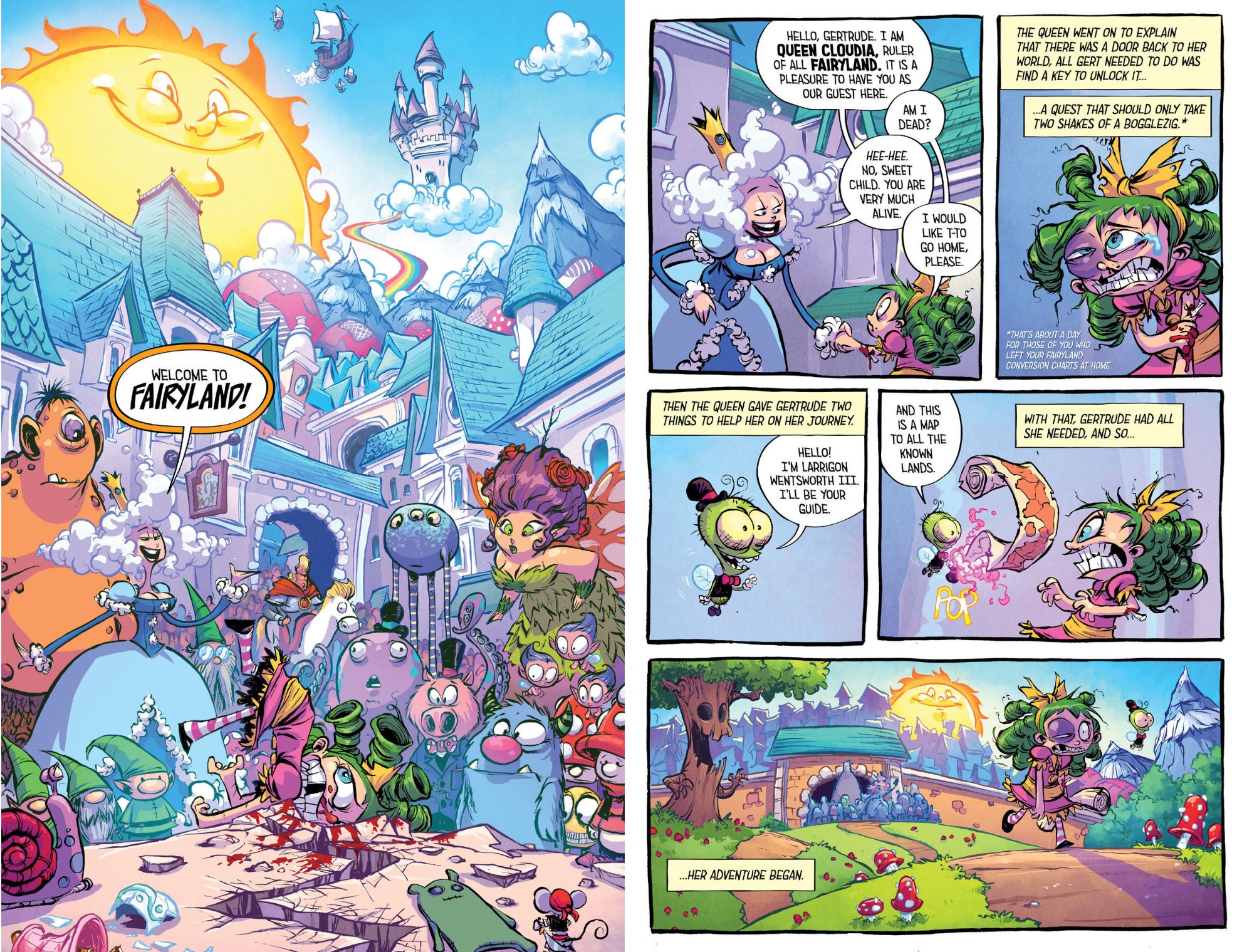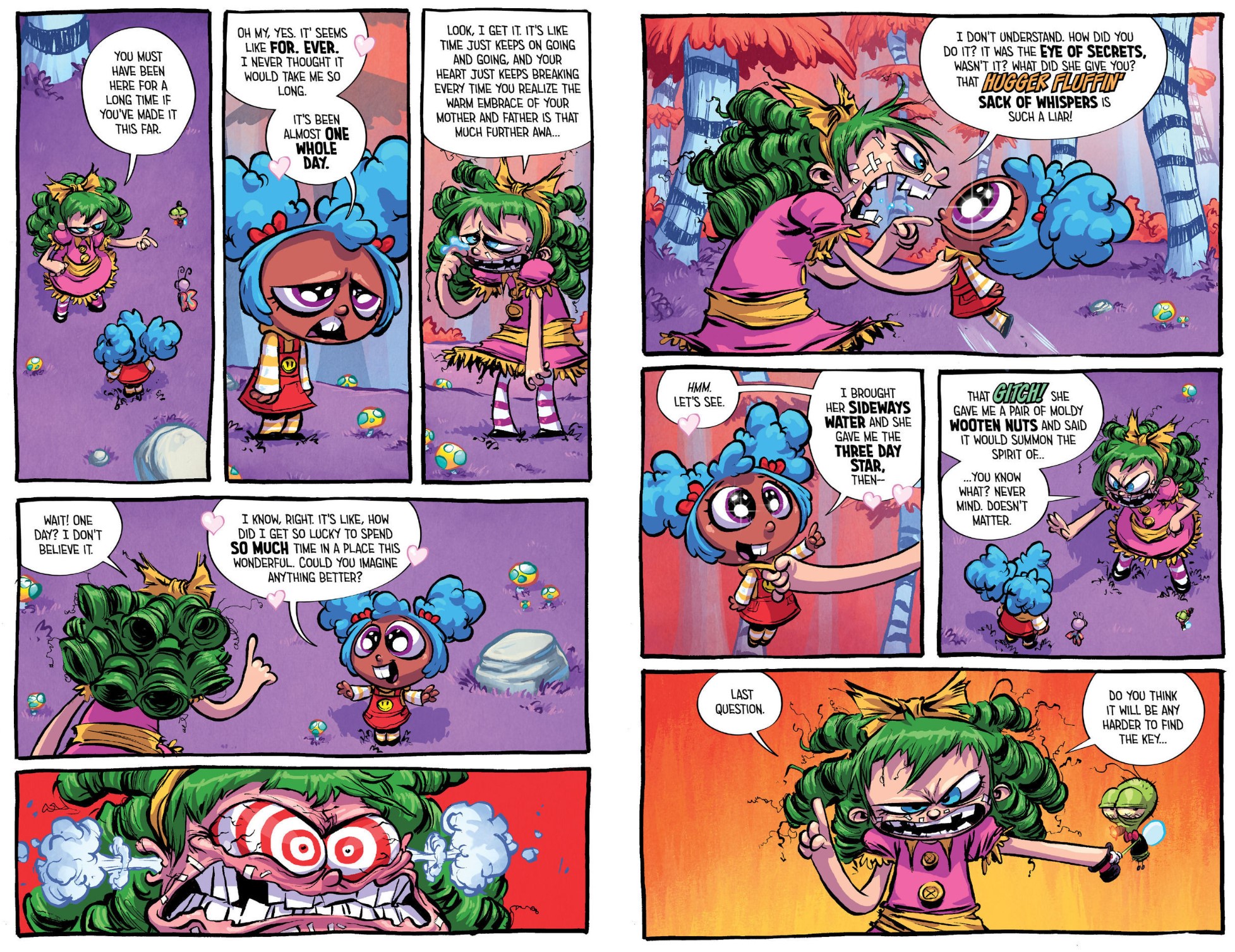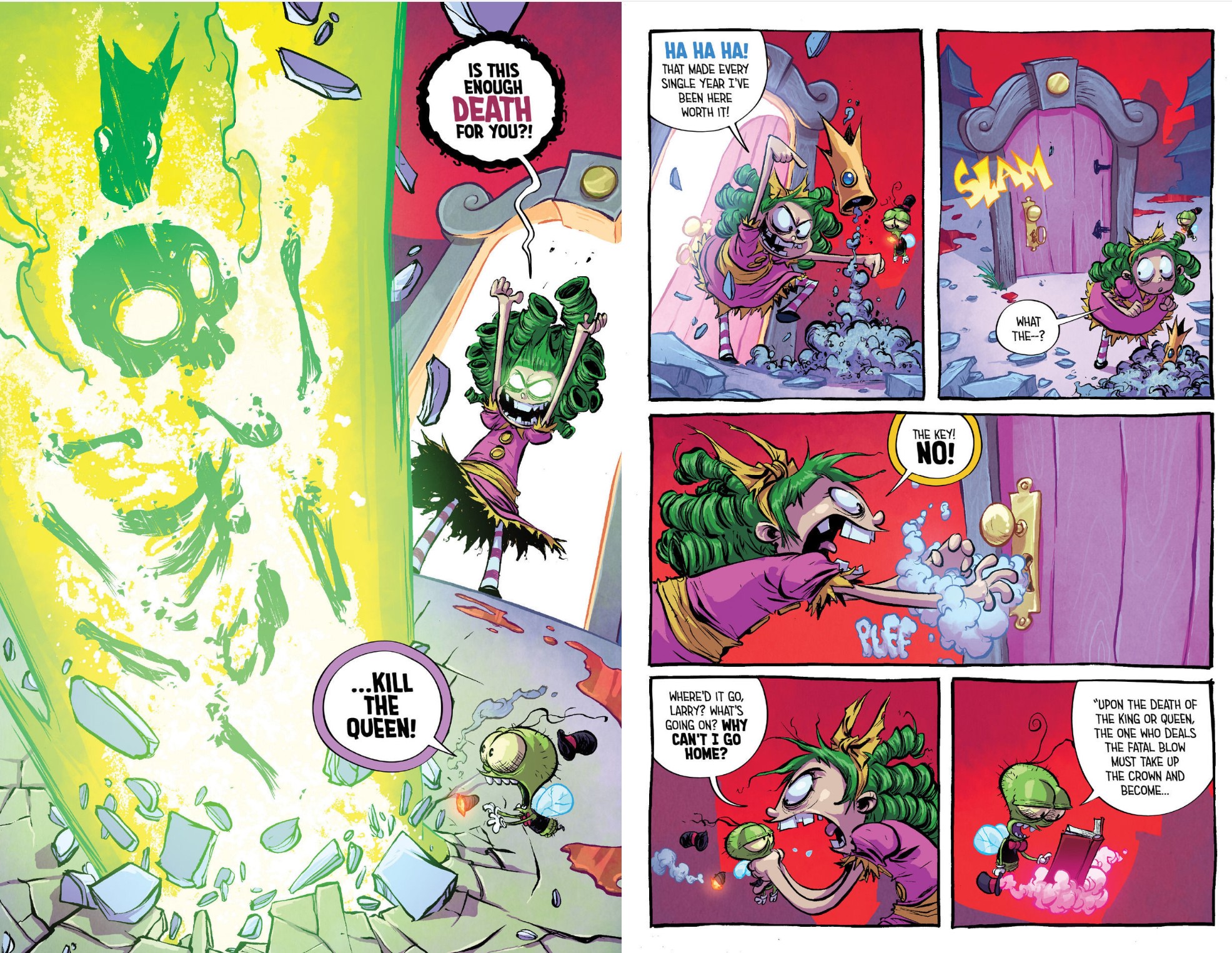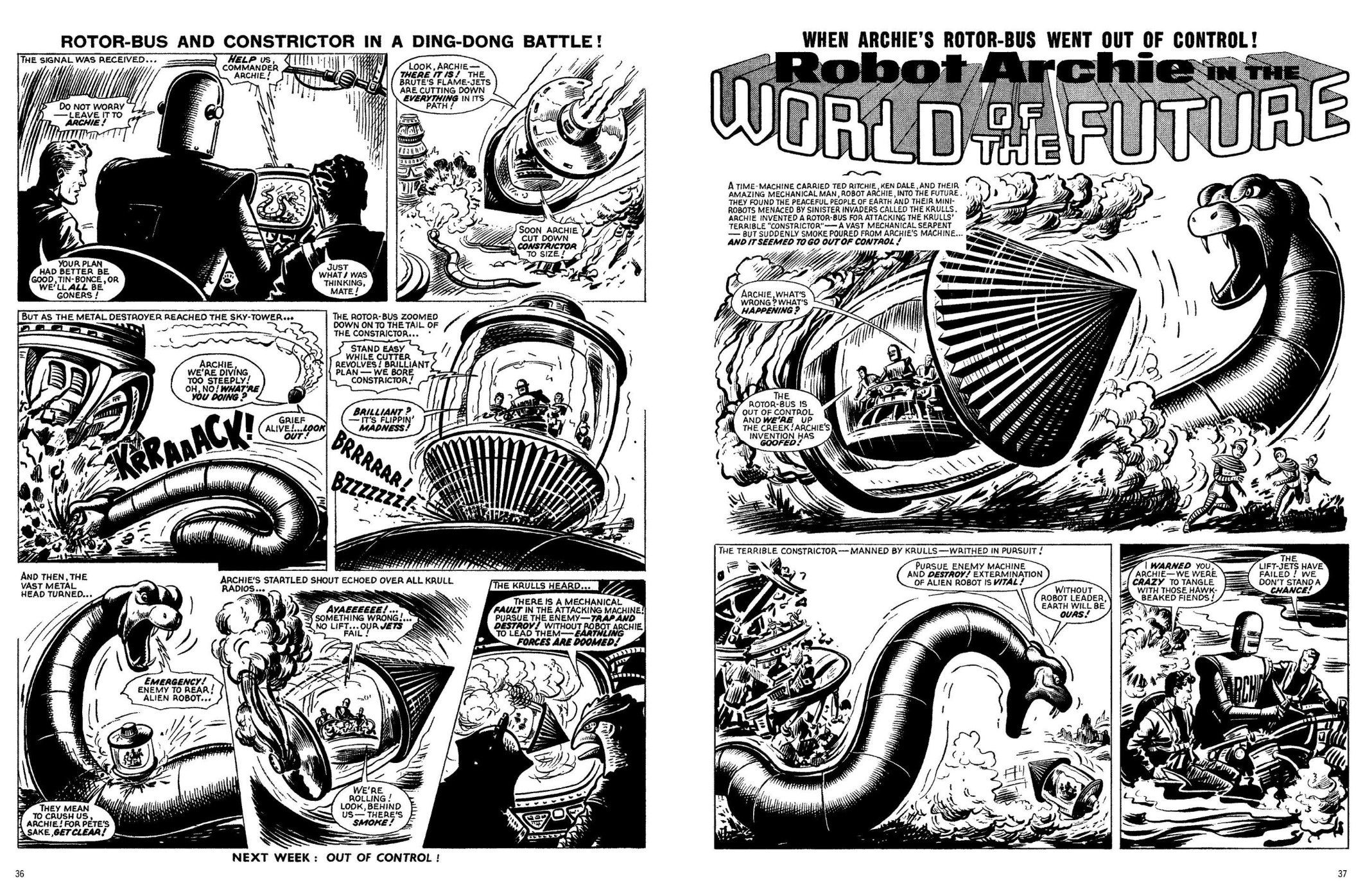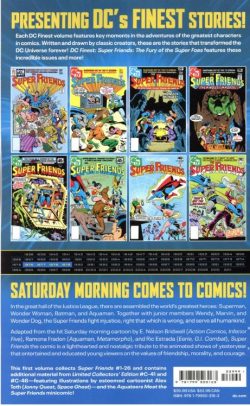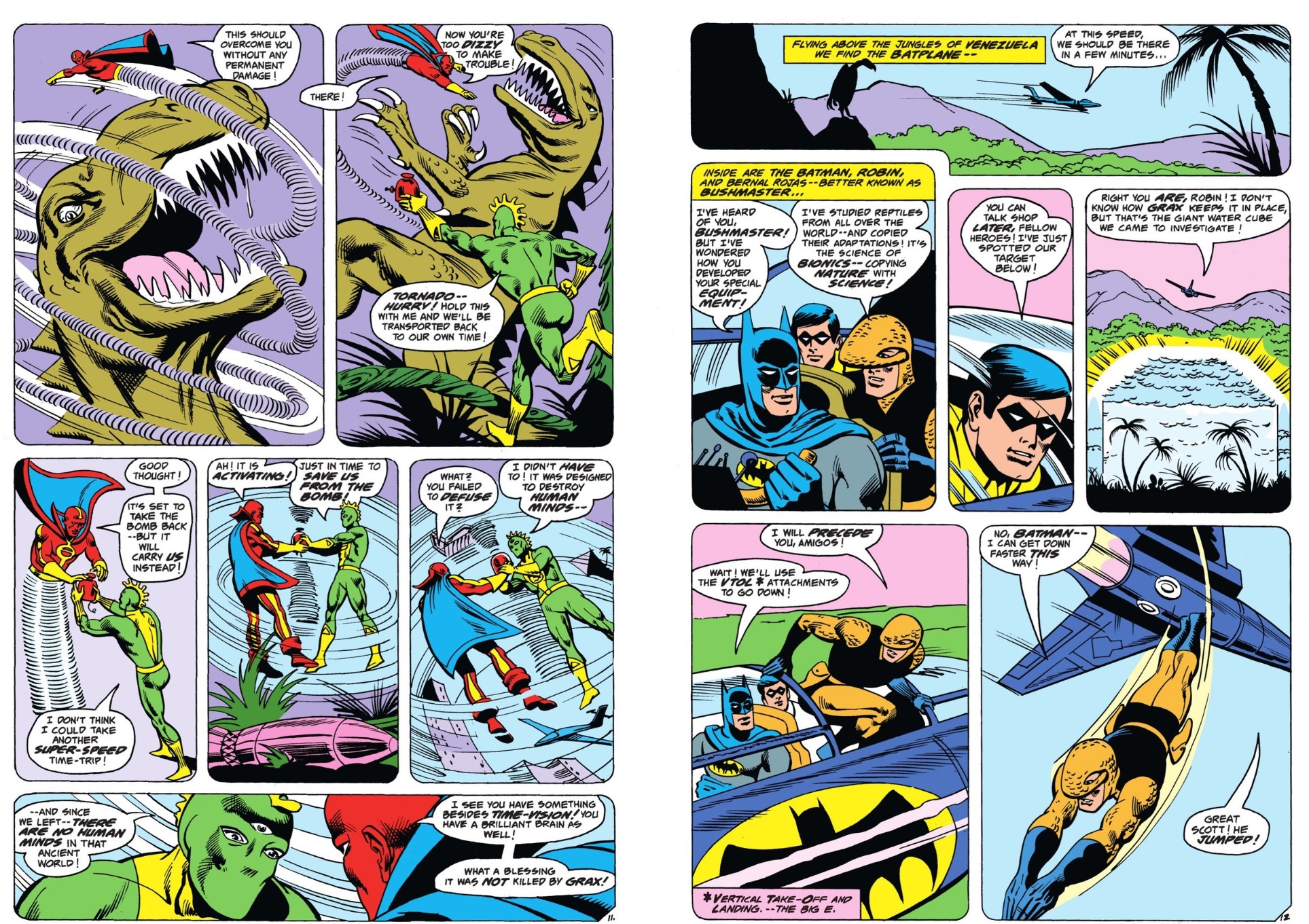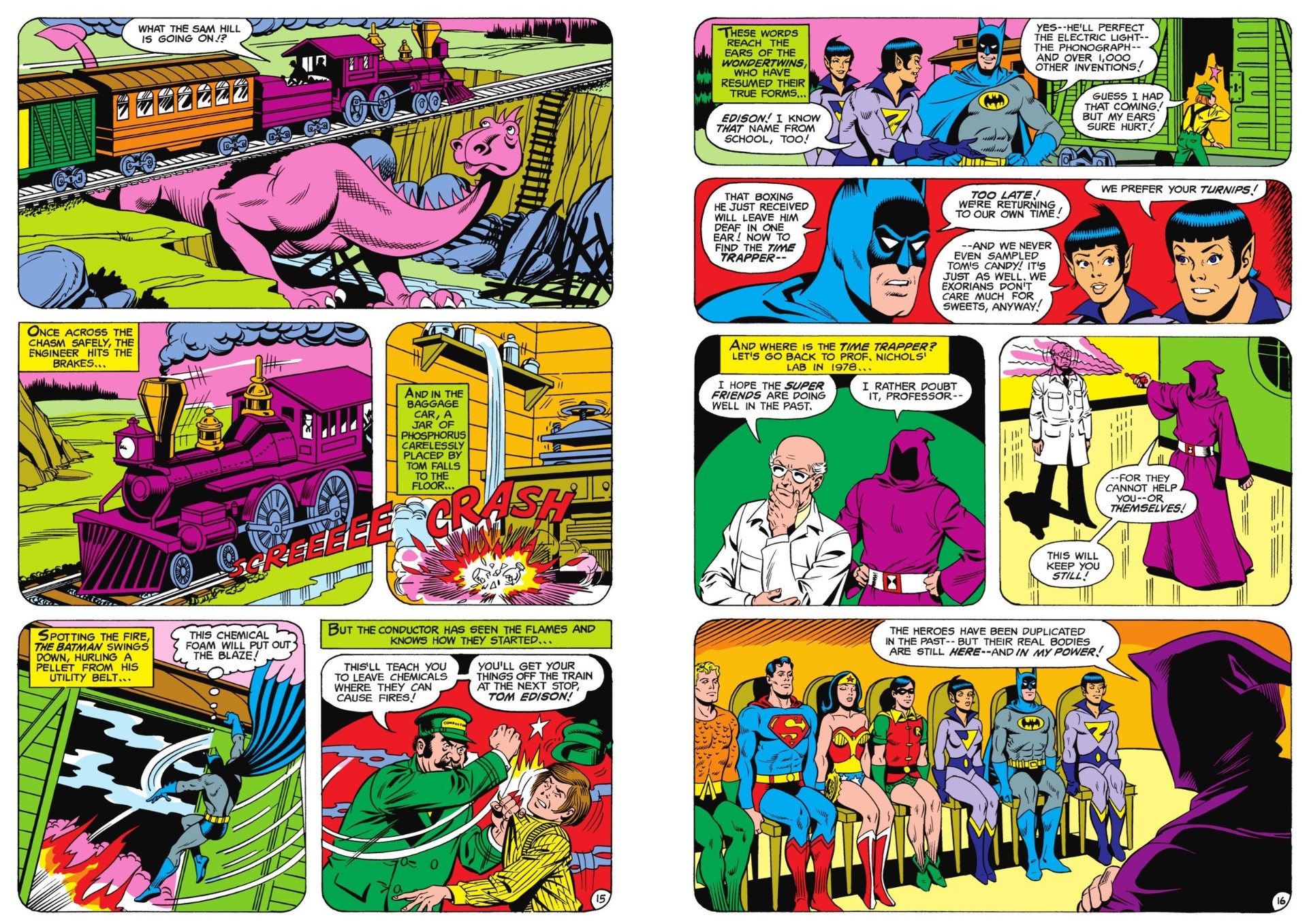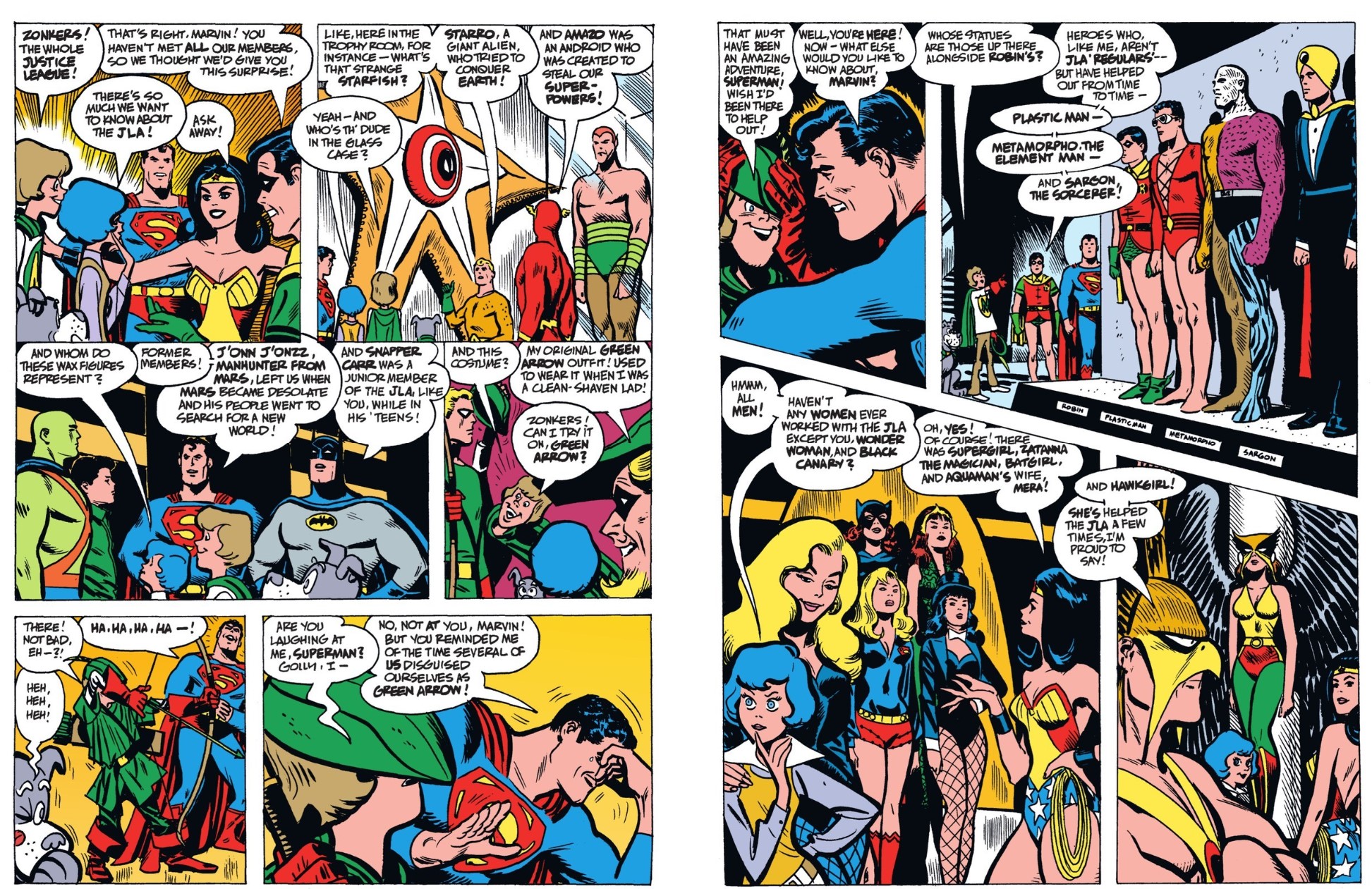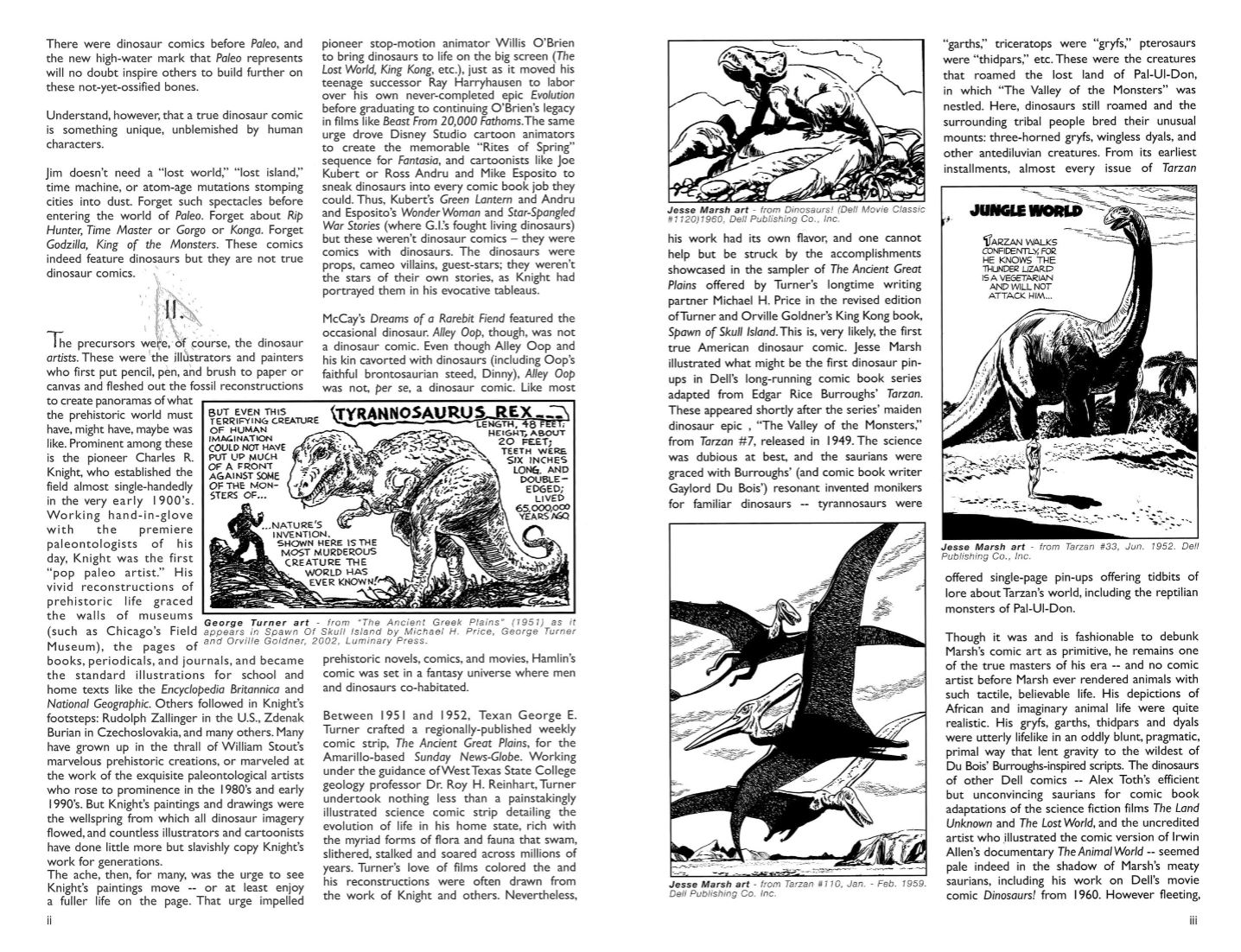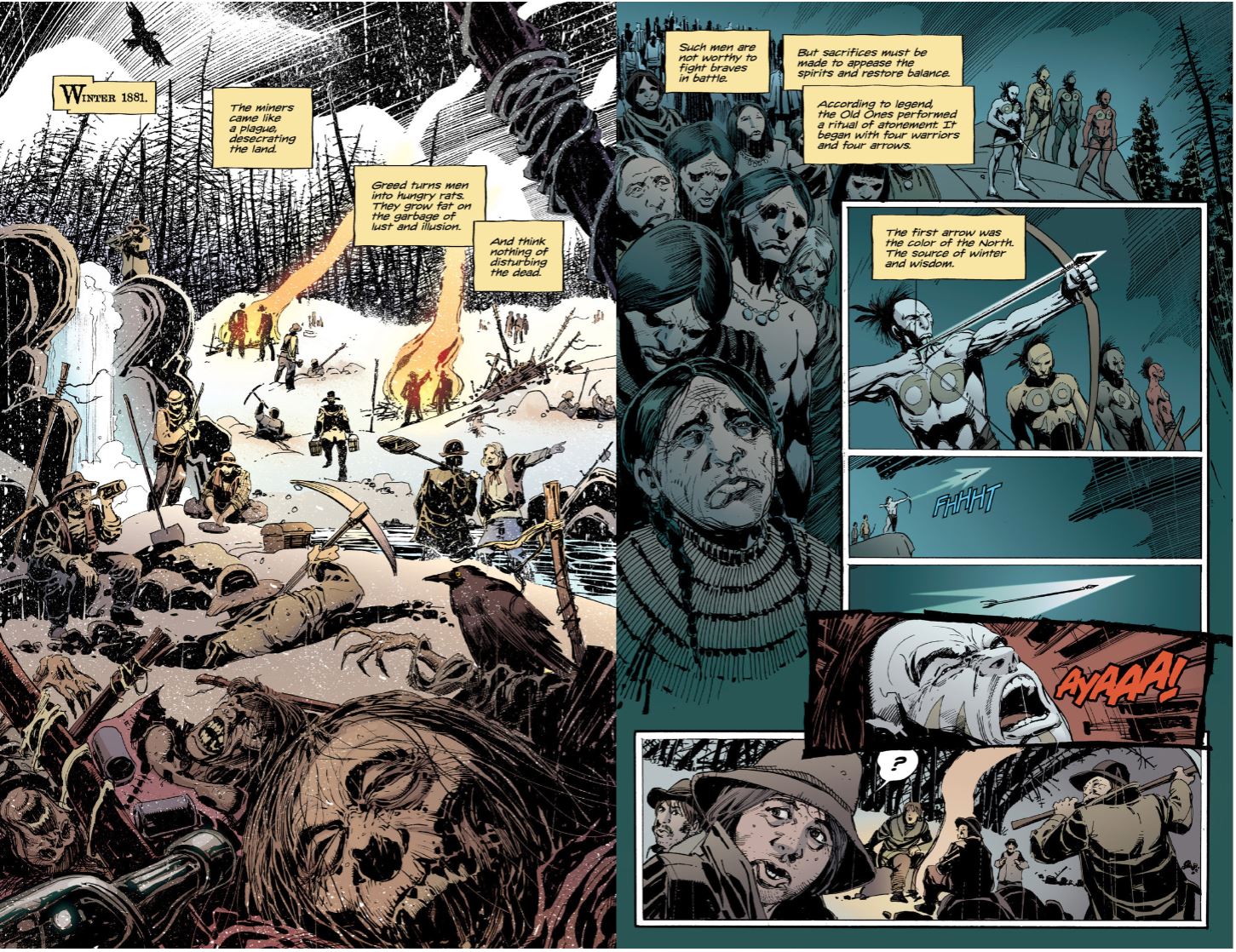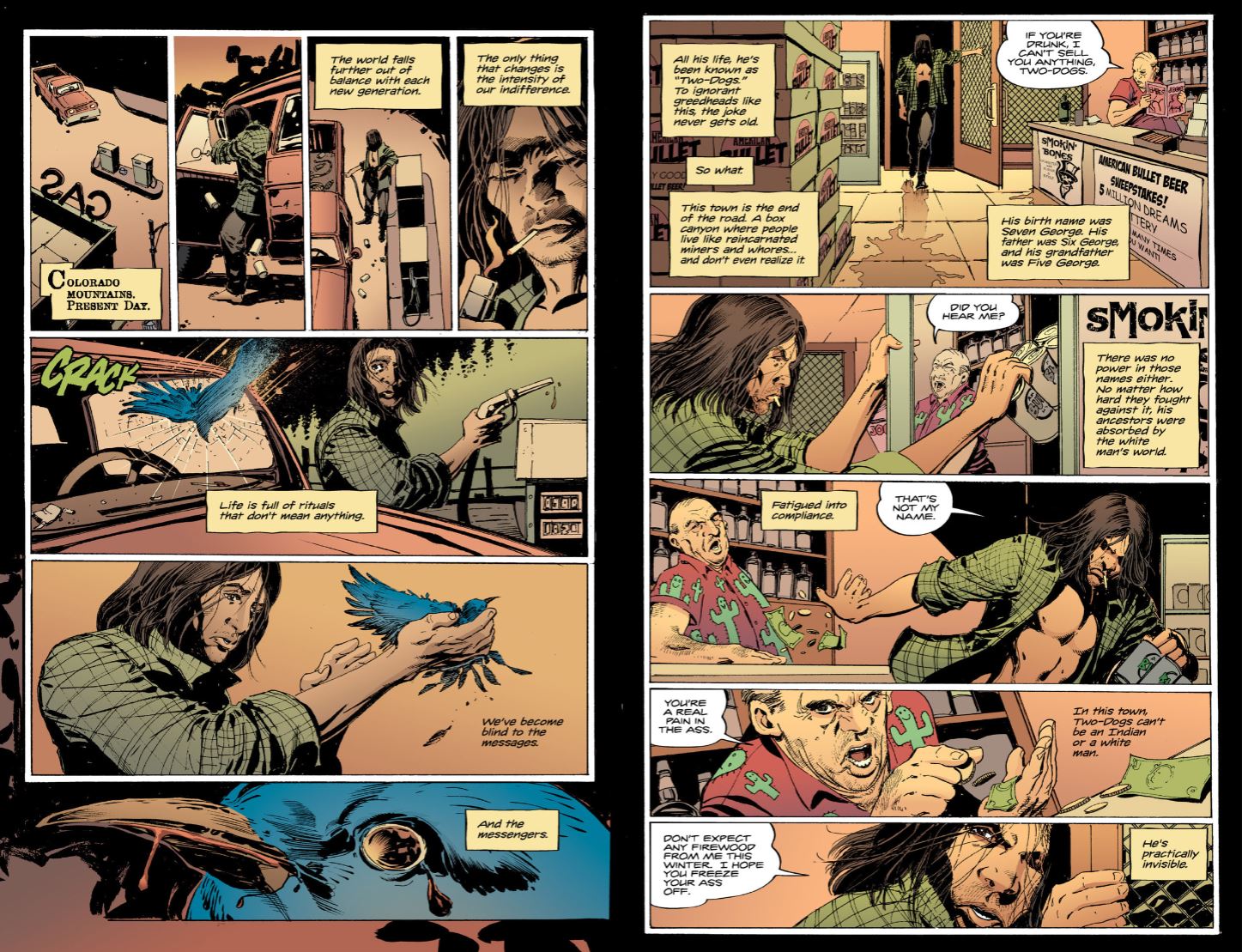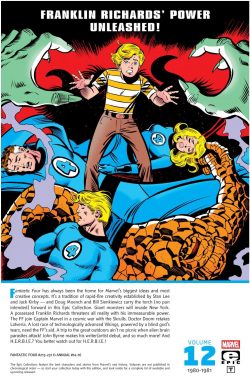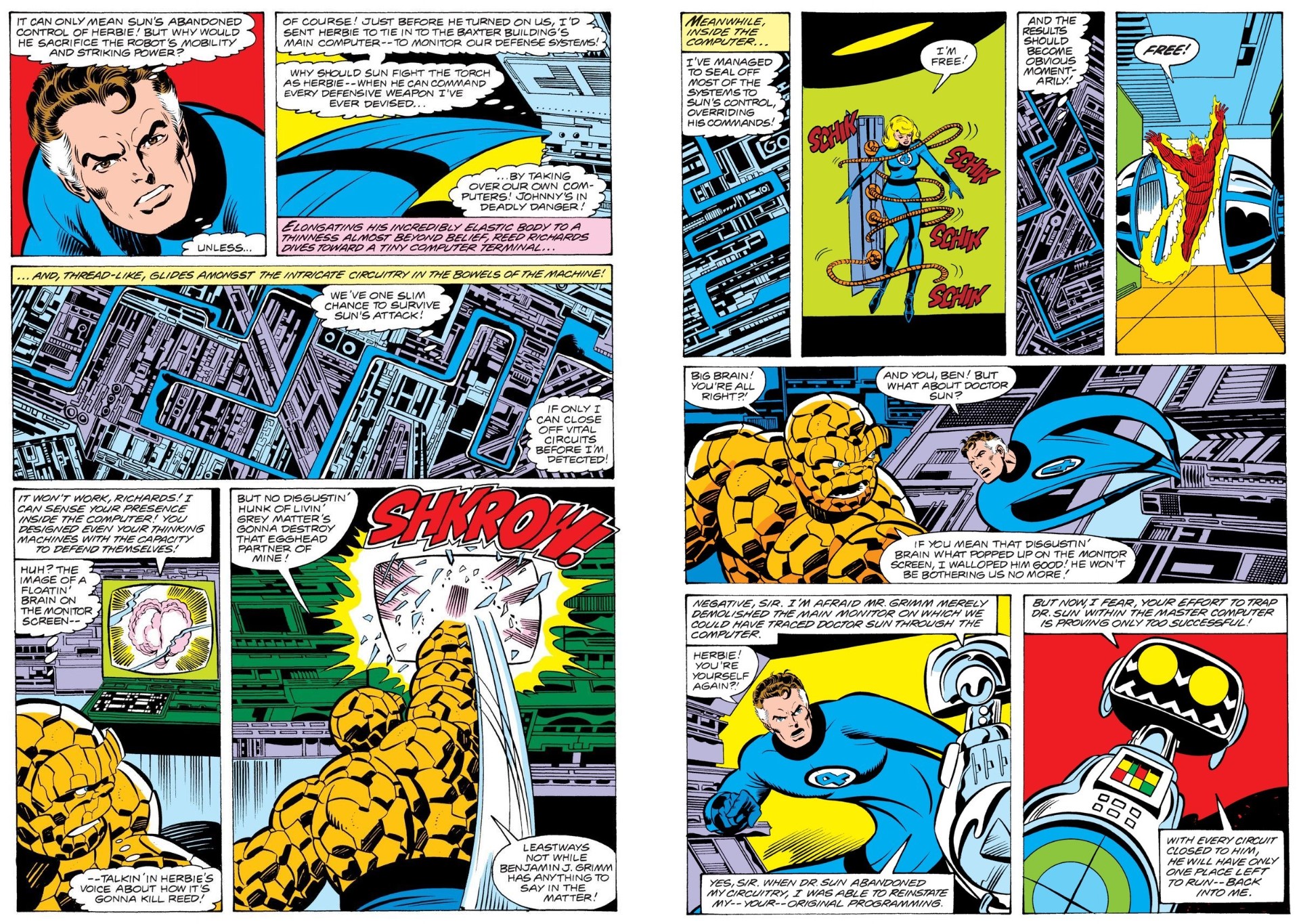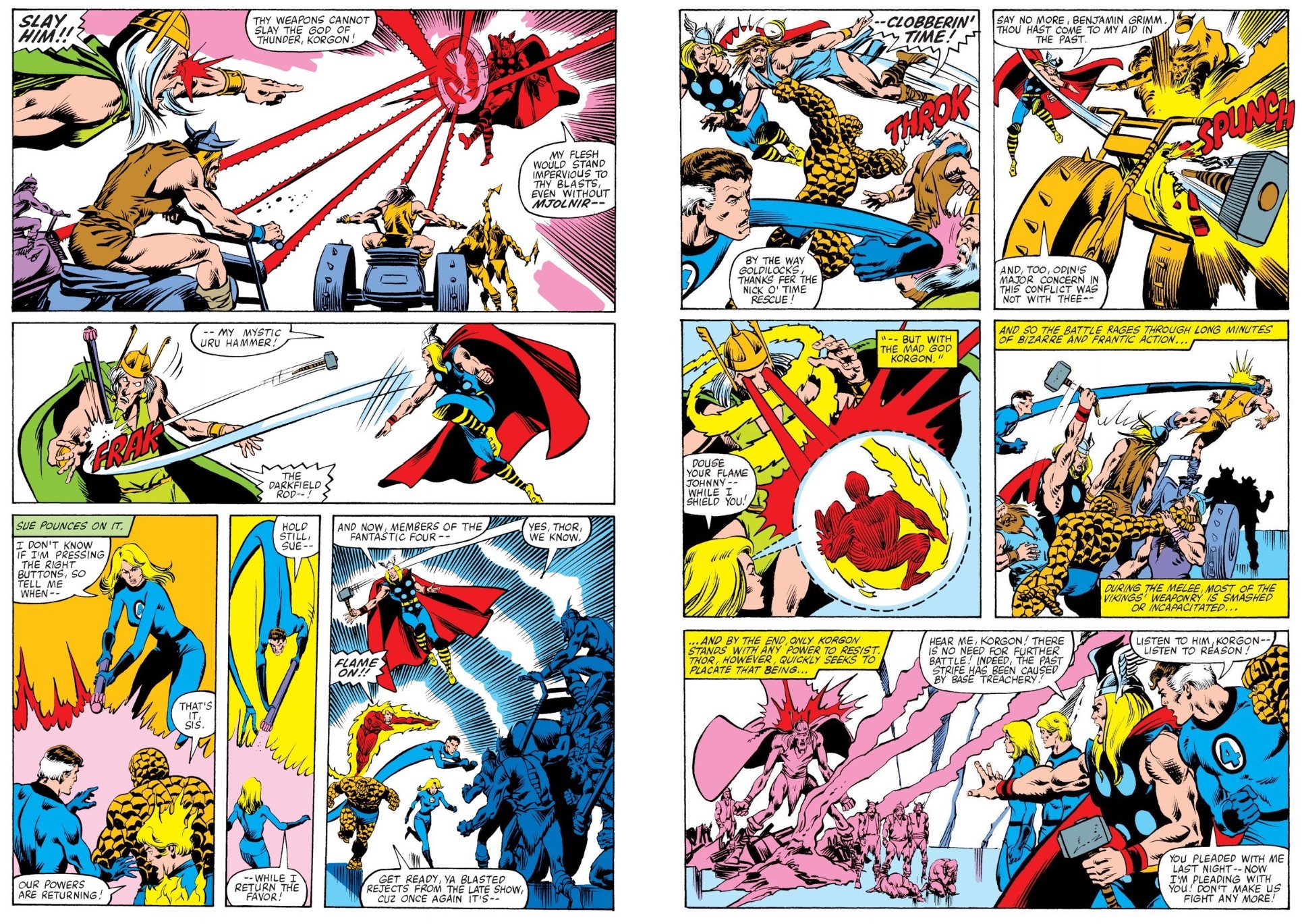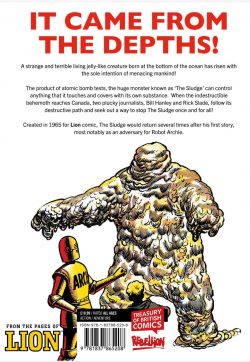

By E. George Cowan, Bill Lacey, Earnest “Ted” Kearon, with Geoff Campion & various (Rebellon Studios/ treasury of British Comics)
ISBN: 978-1-83786-520-8 (HB/Digital edition)
This book includes Discriminatory Content produced in less enlightened times.
Win’s Christmas Gift Recommendation: Murkily Macabre Merriment for All… 8/10
British comics always enjoyed an extended love affair with what can only be described as “unconventional” (for which substitute “bizarre” or “creepy”) stars. So many notional role models we grew up reading were outrageous or just plain “off”: self-righteous voyeur/vigilantes like Jason Hyde, sinister foreign masterminds like The Dwarf or Black Max, affable criminals such as Charley Peace, arrogant ex-criminals like The Spider or outright racist Overmen like manic white ideologue Captain Hurricane…
Prior to game changers Action, 2000AD and Misty, our comics fell into fairly ironclad categories. Back then, you had genial and/or fantastic preschool fantasy; many, many licensed entertainment properties; action; adventure; war (especially ones “We” were in or had started); school dramas; sports and straight comedy strands. Closer examination could confirm that there was always a subversive merging, mixing undertone, especially anarchic antiheroes like Dennis the Menace or our rather strained interpretation of costumed crime-busters. Just check out Phantom Viking, Kelly’s Eye or early Steel Claw stories…
Following post-war austerity, the otherwise bleak and restricted 1950s ushered in a comics revolution. With the UK’s printing and paper restrictions gone, a steady stream of titles emerged from companies new and old, aimed at different levels of childish attainment from pre-school to young adult. In April 1950, when Hulton Press launched Eagle the very concept of what weeklies could be changed. However, that oversized prestige package with luxurious photogravure colour was expensive, and beyond the reach of many kids. So, when London’s publishing powerhouse Amalgamated Press retaliated, it was with a far more economical affair. I’m assuming AP only waited so long before the first issue of Lion launched (cover-dated February 23rd 1952) to see if their flashy rival was going to last.
Just like Eagle, Lion mixed prose stories, features and comic strips. It even offered its own cover-featured interstellar-hero: Captain Condor – Space Ship Pilot. Initially edited by Reg Eves, Lion’s 1156 weekly issues ran until 18th May 1974, when it merged with sister-title Valiant. Along the way, as British comics always had, it subsumed weaker-selling titles to keep popular strips going. Like the sticky star featured here, Lion had absorbed Sun in 1959 and Champion in 1966; going on to acquire and ultimately swallow Eagle in April 1969. The result merged with Thunder in 1971. In its capacity as one of the country’s most popular and enduring adventure comics, the last vestiges of Lion finally vanished in 1976 when its devourer Valiant was amalgamated with Battle Picture Weekly.
Despite its mid-70s demise, there were 30 Lion Annuals between 1953 -1982, all targeting the lucrative Christmas market, combining a broad variety of original strips with topical and historical prose adventures; sports, science and general interest features; short humour strips and – increasingly in the 1970s – reformatted reprints from IPC/Fleetway’s vast back catalogue. Originally presenting a cosy façade of genial comedic antics or school follies, cheery cowboys, staunch soldiery and moonlighting light entertainment stars, before long there lurked behind and below the surface dark, often utterly deranged fantasy fare. These included marauding monsters and uncanny events upsetting our comfy status quo. Perhaps it was all just a national shared psychosis triggered by war, rationing, and nightly bombing; never forget that we also smugly rejoiced in NO SUCCESSFUL INVASION SINCE 1066, DAMMIT!
Over and again British oddness would combine with or react to long-standing familiarity with soft oppression, leading to sagas of overwhelming, imminent conquest and worse. With our benighted shores existentially threatened, entertainment sources responded with a procession of doughty resistors facing down doom from the deepest depths of perfidy and menace… especially as churned up by the scary results of foolish modern SCIENCE!
Thanks to economic vagaries and spiralling costs in publishing, the mid 1960s and early 1970s were particularly wild and desperate for comics: inspiring a wave of innovation most fondly remembered for more of those aforementioned darkly off-kilter heroes, beguiling monsters and charismatic villains.
The Sludge pretty much set a blueprint for all that…
Gathering serialised episodes from Lion 13th February to 12th June 1965, material from Lion Annual 1967, and Lion 20th December 1969 – 16th May 1970, this compilation delivers fantastic threats and menaces in a traditional weekly manner, as a pair of doughty white blokes lead humanity’s resistance to an uncanny doomsday scenario. As usual for the context of these times, atomic energy was the initial culprit of all those woes, never depicted with more pant-wettingly oppressive doom zeitgeist than right here…
‘The Sludge’ began its inexplicably vehement war against humanity in glamourous exotic Canada, created by prolific E. – for Edward – George Cowan (Ginger Nutt, The Spider, Saber, King of the Jungle, Smokeman/UFO Agent, Nick Jolly the Flying Highwayman, Paddy Payne, Girls’ Crystal Libraries) with the spooky dramas visually unfolding thanks to Bill Lacey (1917-2000). Back then, he was pretty much The benchmark indicator of a strip’s veracity and a gifted master of easy authenticity able to make the strangest concepts readily accessible. Lacey began his commercial art career as a technical illustrator for the Ministry of Aircraft before segueing neatly into comics.
At Amalgamated Press/ Fleetway he worked on prestigious Mickey Mouse Weekly, Look and Learn, Cowboy Comics Library, Super Detective Library, Battle Picture Weekly, Valiant and a bunch of Lion strips including Mytek the Mighty, Whirlpool of Weed, Sinister Island, Rat Pack and Rick Random, before widening his brief with DC Thomson gigs including Tasker, The Wilde Boys and Q-Bikes.

Back in Canada, an atomic test somehow leads to luxury liner Atlanta being boarded in mid-ocean by something shiny, sticky and incomprehensible. Hours later the utterly deserted off-course, radio-silent vessel smashes into Montreal harbour after neatly avoiding every tug and other maritime measure deployed to stop or at least slow her down. Among those watching are reporter Bill Hanley and cameraman Rick Slade, who notice that the colossal ship seems to be displaying cold, malignant eyes on its sticky, shiny hull…
Nobody listens at first, but eventually as sightings of a man-like mass moving across the city tie-in to inanimate objects – like cargo crates, cars, suspension bridges and air force fighter planes – moving on their own and attacking any human they can reach, Hanley & Slade -always on the thing’s trail – formulate a theory…
Sadly, facts are hard to corroborate. What they do know is that a self-propelled glowing blob makes everyday objects kill people. Also, when this “Sludge” vacates its current host, the solid object dissolves into goo and powder…
From there on it’s a frantic chase across the continent as newsmen chase monster and local authorities try something else to stop the inimical phenomenon. Eventually, Bill realises two things: it’s attracted to all power sources – electrical engines, oil refineries, atomic power stations – and has somehow made the reporters its prime targets for obliteration…
After weeks of spectacular set pieces and hairsbreadth escapes the end comes in traditional manner when the media men discover an unsuspected vulnerability and humanity exploits it to the full. Of course, this B-movie had a sequel in the works…
That came in full painted colour and Lion Annual 1967 where The Return of the Sludge’ sees the tiniest smidgeon of atomic goo gradually rebuild itself for another cataclysmic death spree, enhanced by the fact that it has developed immunity to its personal brand of Kryptonite…
Thankfully Bill & Rick are on the ball and on the case by the time it graduates from buses to an atomic submarine, so humanity can breathe easy again…

Next comes a rare UK comics team-up/crossover. You might want to check out Robot Archie and the World of the Future please link to 13th November 2025 before tackling this, but be assured there are plenty of cues to catch you up if that’s too long to wait. Running in Lion from 20th December 1969 – 31st January 1970, ‘Robot Archie vs The Sludge’ saw the periodical’s most popular, long-lived star testing his hard-wired wits and mechanical might against the undying goop with veteran artist Ernest “Ted” Kearon (Spot the Clue with Zip Nolan, The Day the World Drowned, Steel Commando, DC Thomson’s Morgyn the Mighty) signing on for Cowan’s sequel of sorts…
Robot Archie was for a very long time the greatest achievement of inventor Professor C. R. Ritchie. He gave the bragging ‘bot to nephew Ted Ritchie who, with explorer chum Ken Dale, made themselves useful all over the world wherever trouble happened. The arrogant, smug, self-absorbed yet paternally benevolent mechanoid lost pole position after the Prof left them The Castle. This inhabitable two-storey faux chess piece could take them anywhere in history and even into the future, and inevitably Archie commandeered it and got them all lost in spacetime…
Now – whenever that is – the humans finally think they’ve made it back home when the Castle materialises on a swanky island of rich people. A closer inspection reveals the owners are not home and events soon prove that they are in some kind of future theme park preserve. Worst of all, a ghastly walking mess that can animate objects and machines is right behind them and keen to kill. Moreover, the monster-mess has somehow subjugated a servant race of natives and even much of the flora and fauna wants the interlopers gone…

What follows is a bizarre death chase that culminates in Archie succumbing to the Sludge’s power before defeating the terror and escaping with his pals. But of course, it’s not over…
Returned to the relative peace and quiet of the timestream the trio stumble straight into sequel/continuation ‘Robot Archie – Return of the Sludge’ (in Lion 7th February through 16th May 1970) as scraps of the mucky monstrosity cling to the timeship and run amok when they finally return to their origin point and beloved home (a disused railway station in 196???).
The terror resumes when the sinister splodges are struck by lightning and grow exponentially. Soon Britain is under attack by the Sludge who possesses steam engines, power pylons, cranes, statues, every scary item in Milchester museum – from mummies to stuffed whales and dinosaur remains – and ultimately British Army tanks in its frantic zeal to destroy the robot it clearly hates even more than humanity.
Battling indomitably as always, the trio (and Earth) only survive thanks to another trick of fate…
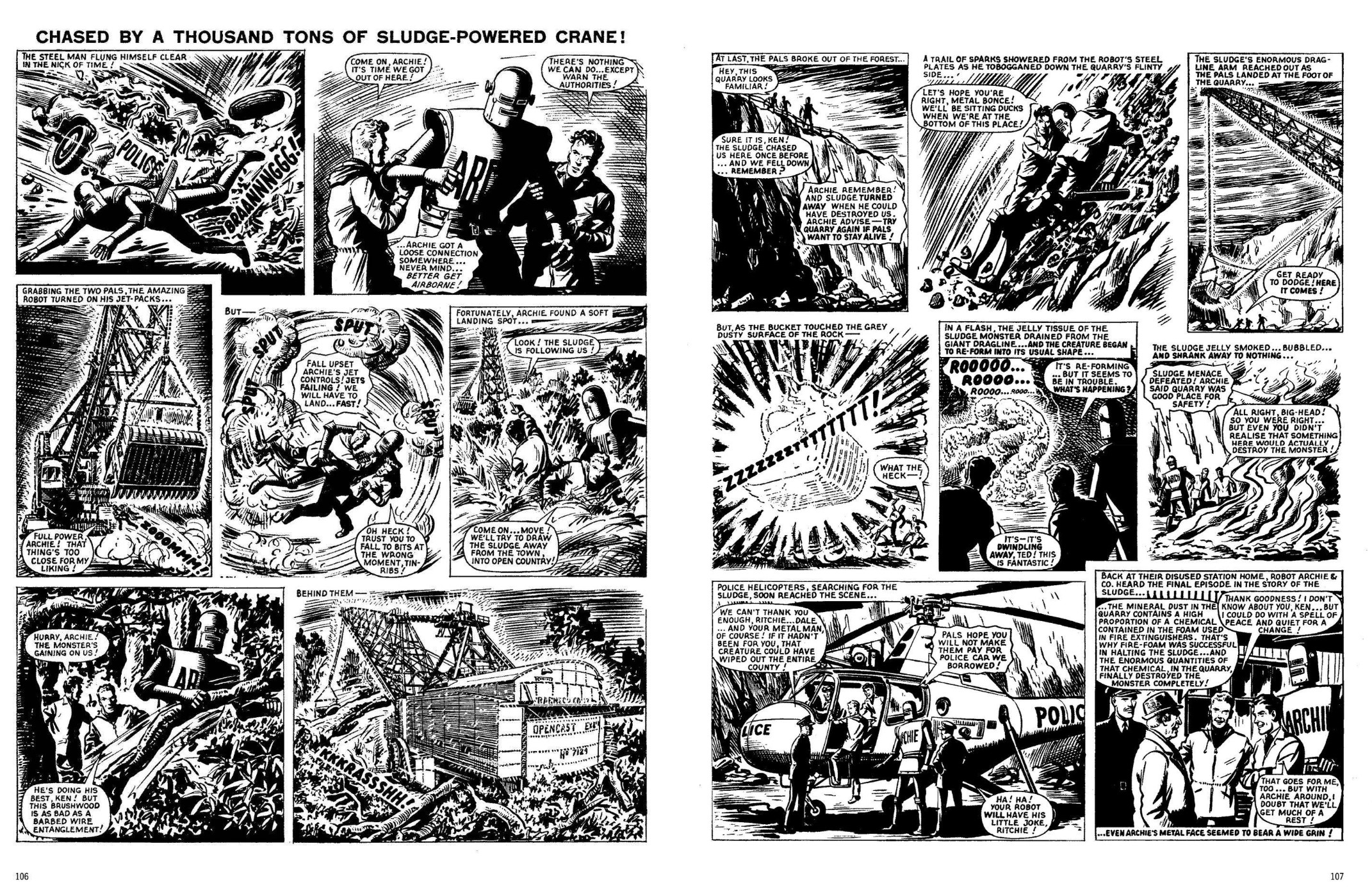
Closing this spooky spectacular is a potent ‘Covers gallery’ of thrilling colour clashes courtesy of wonder man Geoff Campion, and the usual creator briefings.
For British, Commonwealth and European readers of a certain age and prone to debilitating nostalgia, the comic works gathered in this bombastic B-movie-tribute gig are an exciting, engaging, done-in-one delight that’s undemanding and rewarding; and a rare treat these days. If that appeals, this is what you want. What you really, really want…
© 1965, 1966, 1969, 1970 & 2025 Rebellion Publishing IP Ltd. All Rights reserved.
Today in 1914 Golden Age master Lou Fine was born, followed by another graphic genius in 1922 when Charles M. Schulz began day one of his formative years. That must have been useful when crafting Peanuts in later years. In 2006 superhero superstar Dave Cockrum died.


